
As we know, excessive complexity is a formidable source of fragility. If you want to make something fragile, make it very complex. Problems are guaranteed. This is because a highly complex system may behave according to many ‘modes’ (in non-linear mechanics these are called ‘attractors’). High complexity means that under certain circumstances a system may jump from one mode to another without any warning. Sometimes one such mode of functioning is called ‘fault’. A most unpleasant property. Especially because high complexity can also mask the cause or the multiple causes. In fact, when a modern car has a problem with its electronics, parts of the system which may be the cause are simply replaced and nobody fixes anything. Sometimes, the cause of the problem is unknown and is never discovered.
In highly complex systems malfunctioning or even bad design may remain invisible for a long time. In highly complex systems the crucial variables are often discovered by accident. Highly complex systems cannot be designed without taking complexity into account. Sounds obvious but today, in engineering design complexity is not considered as an attribute of a system, as a variable to account for when designing the system’s architecture. An example is the electronics of a modern car.
A recent article, of which we quote a passage, explains the situation, showing some very interesting figures:
“Increasingly complex gadgets in cars may be causing a rise in expensive faults and breakdowns, figures suggest.”
.
Warranty Direct, which analysed data from 50,000 policies for cars aged three years or older over a five year period, found that the number of electrical faults rose from about 5,300 in 2008 to 11,500 in 2013.
The figures suggest that increasingly complex electronic systems are also costing a growing amount to repair, with the average cost for fixing a fault rising from £221 to £291 during the same period.
In premium cars, the costs were even higher, with the average electrical repair costing £670 in a Bentley and £757 in a Porsche. In contrast, the average repair on a Suzuki cost just £244.
Although standard mechanical components such as relays and alternators are still the most likely items to fail, the figures show that more modern technology such as parking sensors are now also among the most common causes for complaint.
Specialised equipment is often needed to diagnose and fix electrical problems, while in some of the newest models only franchised dealers are able to access systems for repair, adding to the cost of repairs.
A the time the above article was written, Subaru was the most reliable manufacturer overall, with just one in seven of its cars developing a problem each year compared with more than one in three Renaults.” The two charts shown below, and taken from the above article, are very eloquent.
The issue of complexity-induced problems in modern cars may be approached using Quantitative Complexity Management (QCM) technology. First of all, the problem must be diagnosed. The simplest way to do it is to embed our QCM engine OntoNet in the ‘CPU’ of the car, and analyze in real-time the data which the various modules (sub-systems) exchange between one another. Such data may be taken directly from the Controller Area Network (CAN) Bus.
An example of how electronics sub-systems interact in a modern car is illustrated below, where the so-called Complexity Map is shown. The size of the square nodes is proportional to the contribution of complexity – the large nodes add more complexity than the small ones. NB the topology of the map is not constant, it changes over time, as different systems are engaged or switched of.
The image shows also two interesting figures:
- A global complexity measure – this is the current value of complexity (in this case it is 9.51 cbits)
- Critical complexity (in this case it is 11.11 cbits) – this is the maximum complexity a given system can sustain.
Critical complexity is the maximum amount of complexity a given system can handle before is starts to lose functionality and its behavior becomes uncontrollable. If a system functions close to its critical complexity for a long time, faults are more likely. Such a system should be redesigned. In such cases, complexity should be one of the design attributes to keep under strict observation.
Each of the nodes in the above map is a sub-system, which means that it is composed of a certain number of parts, which are represented symbolically as variables (channels) in the Complexity Map illustrated below. For each system it is possible to measure its complexity and critical complexity. All it takes is raw data from the CAN Bus.
The interesting thing that becomes immediately apparent is the huge number of interactions which exist between the various sub-systems. Often, such interactions are defined by design, sometimes they exists because of electromagnetic interference, corrosion, etc. The simple fact is this: a few tens of components can potentially develop thousands of interactions. Does anyone ever check them all?
The instantaneous contribution of each sub-system to the overall complexity of the entire electronics system is represented by the following chart, called the Complexity Profile:
The sub-systems at the top of the chart are those that in a give period of time are the main contributors to overall complexity. If, in that time frame there is a problem, this is where one should look first in order to identify the cause. Think of the Complexity Profile as a graphic equalizer on your stereo. It changes dynamically over time and provides a precious breakdown of the problem into components.
The cited article closes with the following paragraphs:
“David Gerrans, Warranty Direct managing director, said: “As automotive technology continues to advance, cars get more and more complex. Nowhere is that more so than in the field of computer technology and other electronics.
“But while these advances can undoubtedly improve the performance and safety of cars, they also have a knock-on effect on how often they fail and how much it costs to repair them.”
The issue of excessive complexity in modern cars (and aircraft, or any large IT infrastructure) can be diagnosed easily. The data which travels along the CAN Bus contains all it takes to run a full systemic diagnosis of the system in near real-time. A complexity scan of a system of systems is the best way to identify:
- most common sources of complexity concentration (i.e. which sub-systems are the most frequent contributors to overall complexity)
- most common sources of fragility
- how many more gadgets (functions) can be introduced into an existing platform before things really get tough – this limit is defined by critical complexity which can be measured
Once these have been identified – this may be performed over a period of, say, 3-6 months – engineers will have useful information on how to design the future architectures of car electronics systems and how to alleviate the problems with the current ones. It will not be long before each modern car, aircraft or spacecraft will have on board something like this:
In order to avoid drowning in complexity – just think of how complex the Internet of Things is about to get – complexity must be monitored constantly. Complexity monitoring and (quantitative) management must become part of our lifestyles.
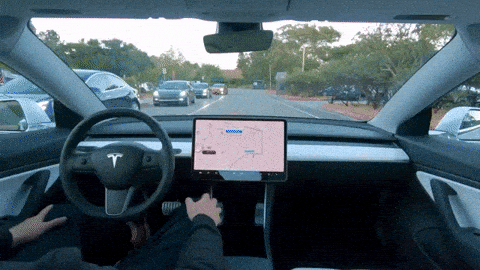
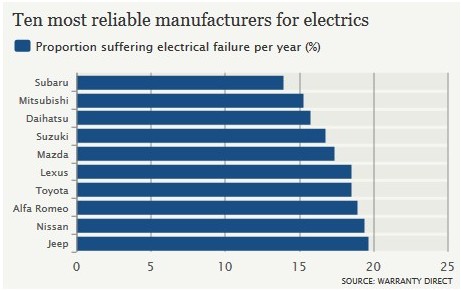
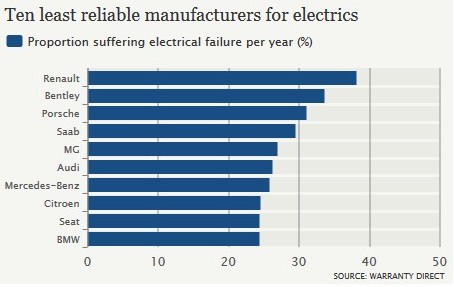
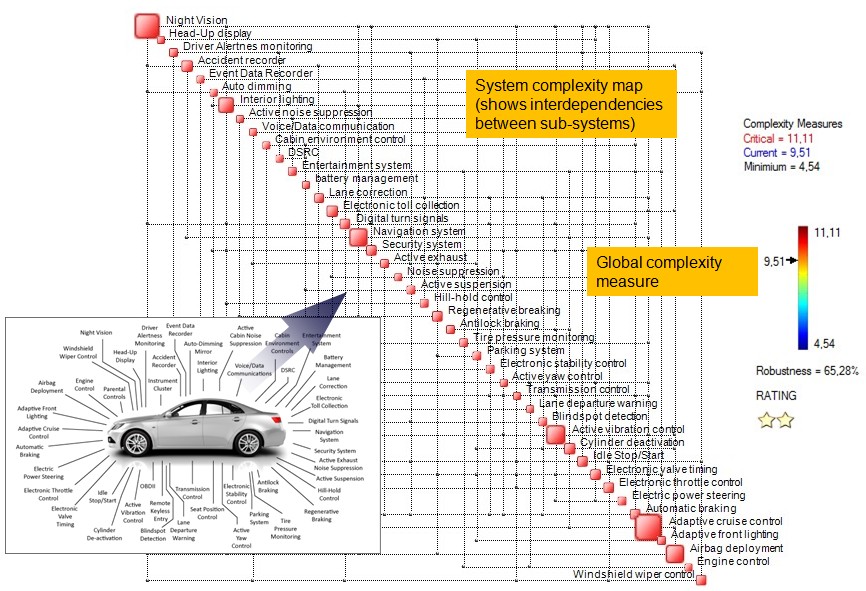
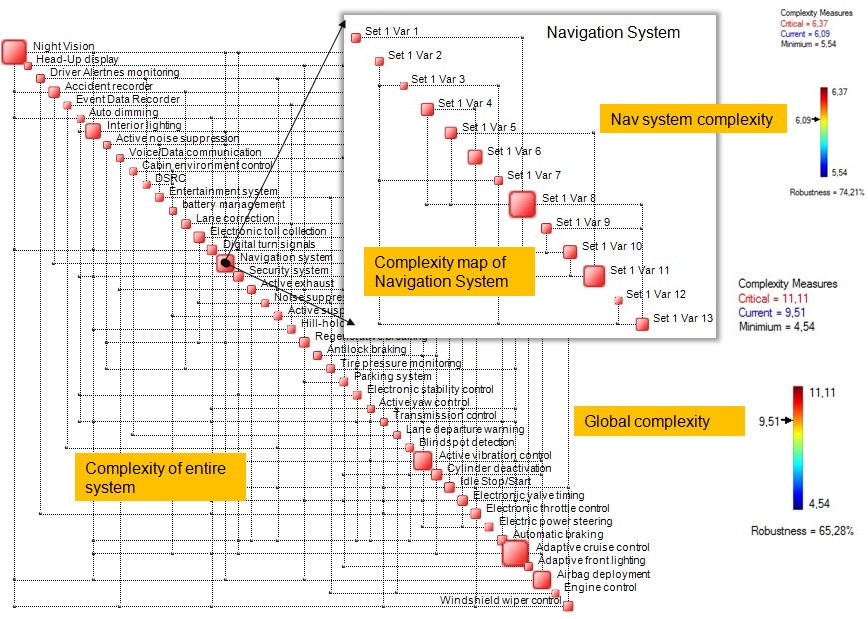
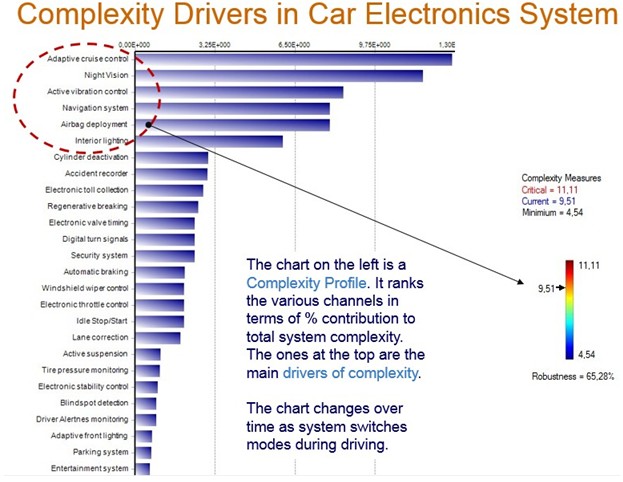
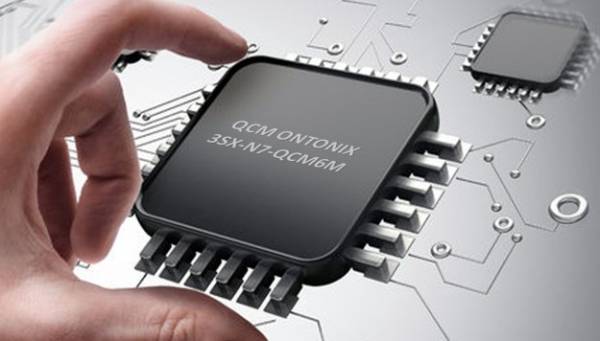
Pingback: Why Has Our Ability To Engineer Complex Products Dimished? | Ontonix QCM Blog
Hi,
How do I get permission to use car complexity figure in a SAE presentation? Whom do I contact?
LikeLiked by 1 person
A reply has been sent to your email.
LikeLiked by 1 person
Pingback: The Complexity Chip – Early-Warning System for Complex Products | Ontonix QCM Blog
Hello, is it ok to cite your article and use the images as reference? What is your policy related to this?
Thanks
~Seba
LikeLike
Please feel free to cite the article.
LikeLike
Thank you very much!
LikeLike
You’re welcome!
LikeLike
You may also use the images.
LikeLike
Reblogged this on Artificial Intuition and commented:
Car electronics: how much more complexity can we handle?
LikeLike